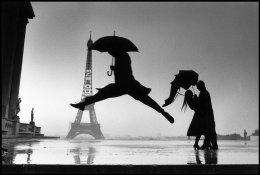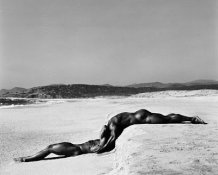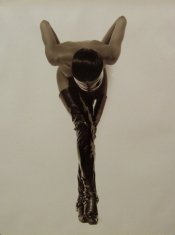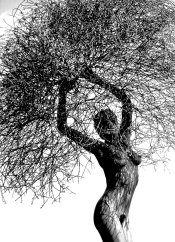blansky
Member
hi michael
did karsh photograph many regular people ?
from what I recall his sitting fee was extremely high ( like Bacharach when he was still in Boston )
Bacharach and Karsh had sitting fees ( in the 80/90s ) that were like 1,000$USD.
not sure of many regular people who could afford that kind of portrait ( the print was extra .. at least Bachrach's were ).
His career/business spanned a long time. And early on his celebrity portraits were for promotion and probably didn't pay.
I'm sure later in his life he didn't photograph the locals much but he was a downtown business studio. I'm sure as his notoriety and book sales took off his prices were through the roof. All the more reason the rich people of Ontario and the world would pay them. Don't forget Scavullo, Avedon and other famous NY fashion photographers were hired by rich people to photograph them and their families. Some LA guys like Herb Ritts day rates were $25,000.
I knew photographers in the 80s that charged very high prices, and the higher the prices the busier they were. The saying was, "how can a 16x20 be worth $10,000? The answer was if you can get it, that's what it's worth".
People wear gem free $60-80 thousand dollar watches and drive Bentleys and Mosbachs. Price is a status symbol.
Now these may not be "regular people" but they weren't celebrities either. Just rich people, carriage trade. In case some people aren't aware celebrities aren't considered carriage trade usually. In LA the carriage trade are producers, not the help.
Last edited by a moderator:













